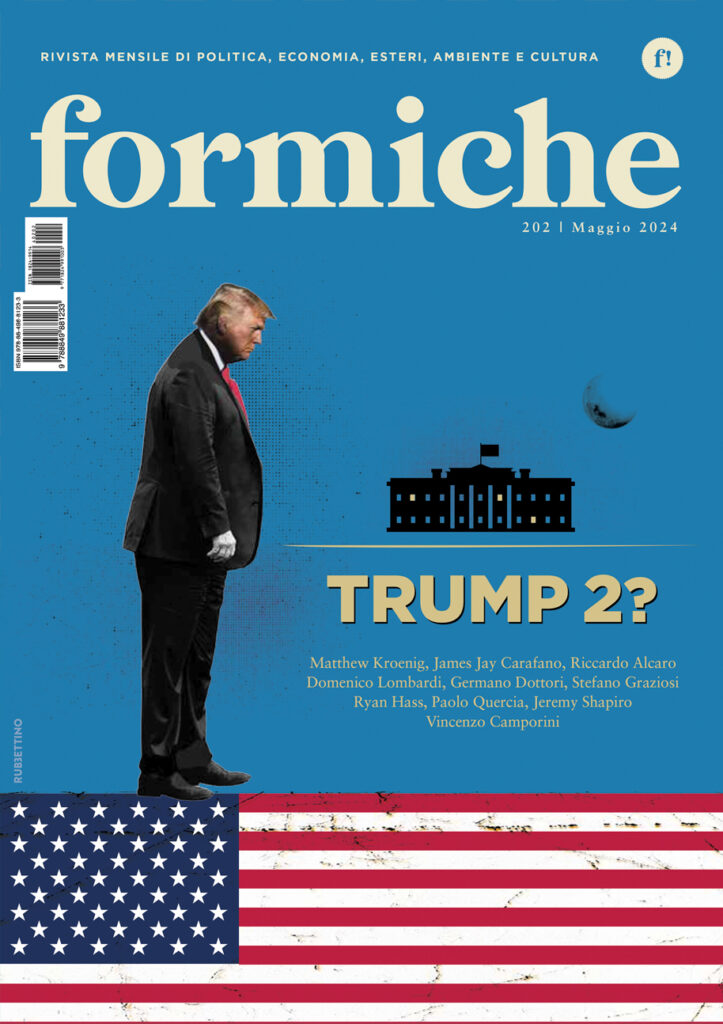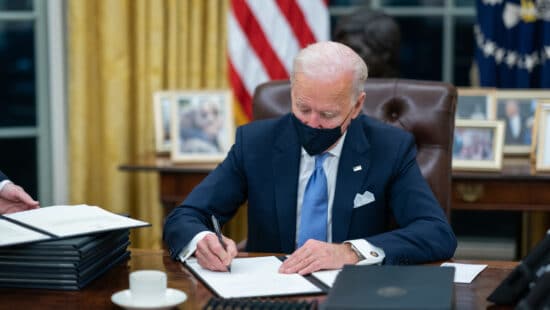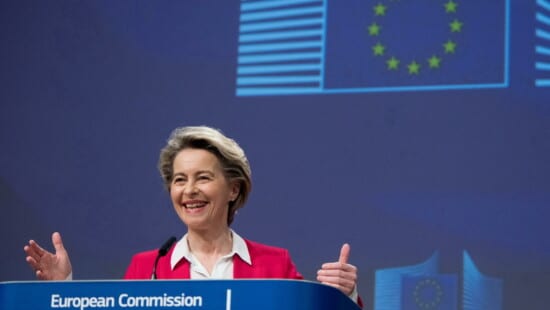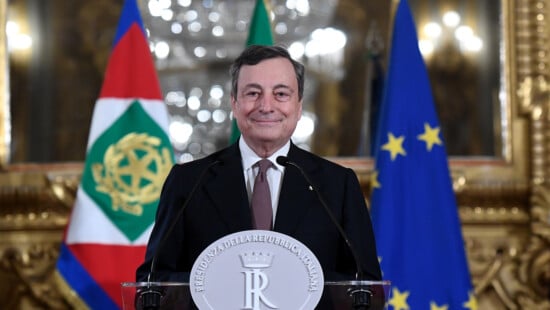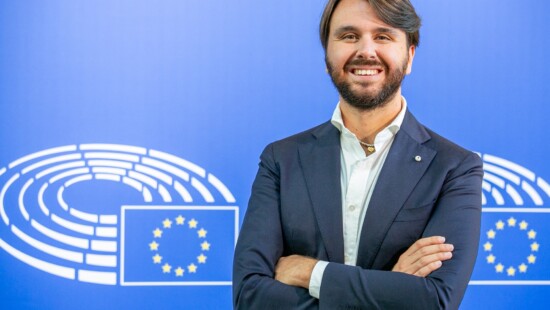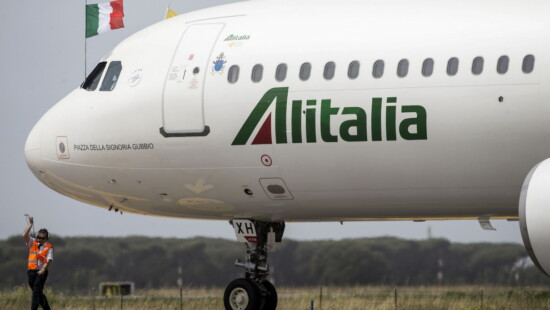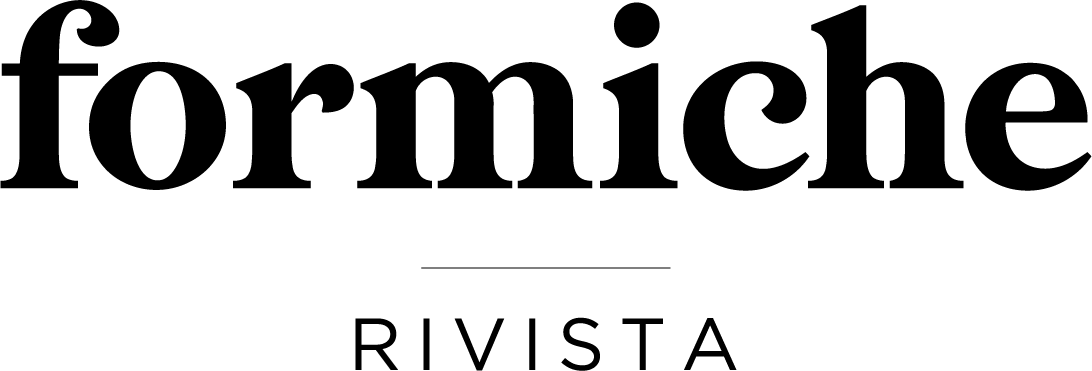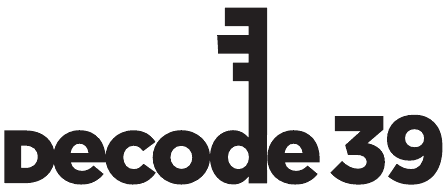Se non troveremo il modo di porre le basi per una legislazione performante e moderna ci sono tutti gli ingredienti perché tutti i progetti infrastrutturali e le opere programmate (vecchie e nuove) si affossino nell’arco di pochi mesi o, ancor peggio, le risorse vengano sprecate. Il focus di Antonio Ortenzi, vice presidente esecutivo Osservatorio infrastrutture
Archivi
Joe Biden, prime (contraddittorie) mosse in politica estera
Le prime fasi della presidenza Biden non sembrano molto promettenti. Alleati e avversari aspettano che Washington torni in campo negli scacchieri più delicati con pragmatismo e realismo, due elementi che nelle mosse preliminari di Joe Biden in politica estera sembrano abbastanza carenti. L’analisi di Giancarlo Elia Valori
Copasir, ora un presidente dell'opposizione. Scrive Vito (Fi)
Assemblata la squadra per la Sicurezza nazionale il governo e la maggioranza dovranno presto occuparsi degli equilibri interni al Copasir, il comitato parlamentare di controllo dell’intelligence. Nonostante ci siano state eccezioni in passato (D’Alema), la presidenza spetterebbe all’opposizione. La versione di Elio Vito, deputato di Forza Italia e componente del Copasir
Le crisi regionali sotto la lente dell'intelligence
Crisi e influenza. L’intelligence italiana ha analizzato il contesto complicato attorno alla Penisola. Teatri di politica estera complessi, sovrapposizioni di scenari, elementi su cui il governo di Roma si muove adottando partnership e ingaggiando competizioni con rivali e non solo
Il falso problema dei brevetti sui vaccini e il Recovery modello Genova. Maffè all'attacco
L’economista della Bocconi Carlo Alberto Carnevale Maffè: bravo Draghi a prevedere una governance interna al Mef, la via maestra deve essere il modello Genova in cui il privato lavora con regole chiare e certe. Sui vaccini tanti Paesi si sono mossi tardi e in disordine e ora ne pagano lo scotto. I brevetti? Un finto problema
Draghi e l'Arca di Noè. Il nuovo governo secondo Civiltà Cattolica
Sul prossimo numero della prestigiosa rivista dei gesuiti le cui bozze sono preventivamente lette e approvate dalla segretaria di Stato vaticana, si parla del governo Draghi e l’agenzia di stampa Ansa ne ha anticipato il cuore del ragionamento. Il governo è “politico”, perché la scelta di sospendere il conflitto è, in definitiva, “politica”. Decisivi i concetti positivi di “cittadinanza” e “comunità”
Conte al vertice e apertura ai socialisti Ue. Il Movimento visto da Furore (M5S)
Troppi sottovalutano l’impatto che la decisione di Giuseppe Conte sul Movimento può avere a Bruxelles. L’analisi di Mario Furore, europarlamentare dei Cinque Stelle, che su una possibile apertura ai socialisti in Ue dice…
Un’alleanza non basta. Così Biden vuole sfidare la Cina in ambito tech
Alleanze flessibili, a geometrie variabili e, se serve, non dichiarate (per convincere i Paesi europei). Così Biden vuole riaffermare il dominio dell’Occidente contro i tecno-regimi, a partire dalla Cina
Alitalia, otto mosse per rilanciarla. Scrive Michele Geraci
Se c’è una lezione di un anno di pandemia è che i trasporti sono strategici. Il rilancio di Alitalia passa da un sottile equilibrio fra Stato e mercato. E per otto mosse che ridiano respiro alla compagnia di bandiera, ecco quali. L’analisi di Michele Geraci, professore alla University of Nottingham Ningbo China e già Sottosegretario al Mise
La Pandemia dell'economia e della salute
L’Istat, per il 2020, ha previsto un calo del Pil pari all'8,9%; nello stesso arco di tempo i decessi per covid-19 sono arrivati ad oltre 90.000. La Politica, di fronte allo sfacelo, sembra mettere da parte gli interessi di parte ma… torna ai fondamentali: la destra sta con l’IO, la sinistra con il NOI. Al centro stanno i distinguo, faceti…

